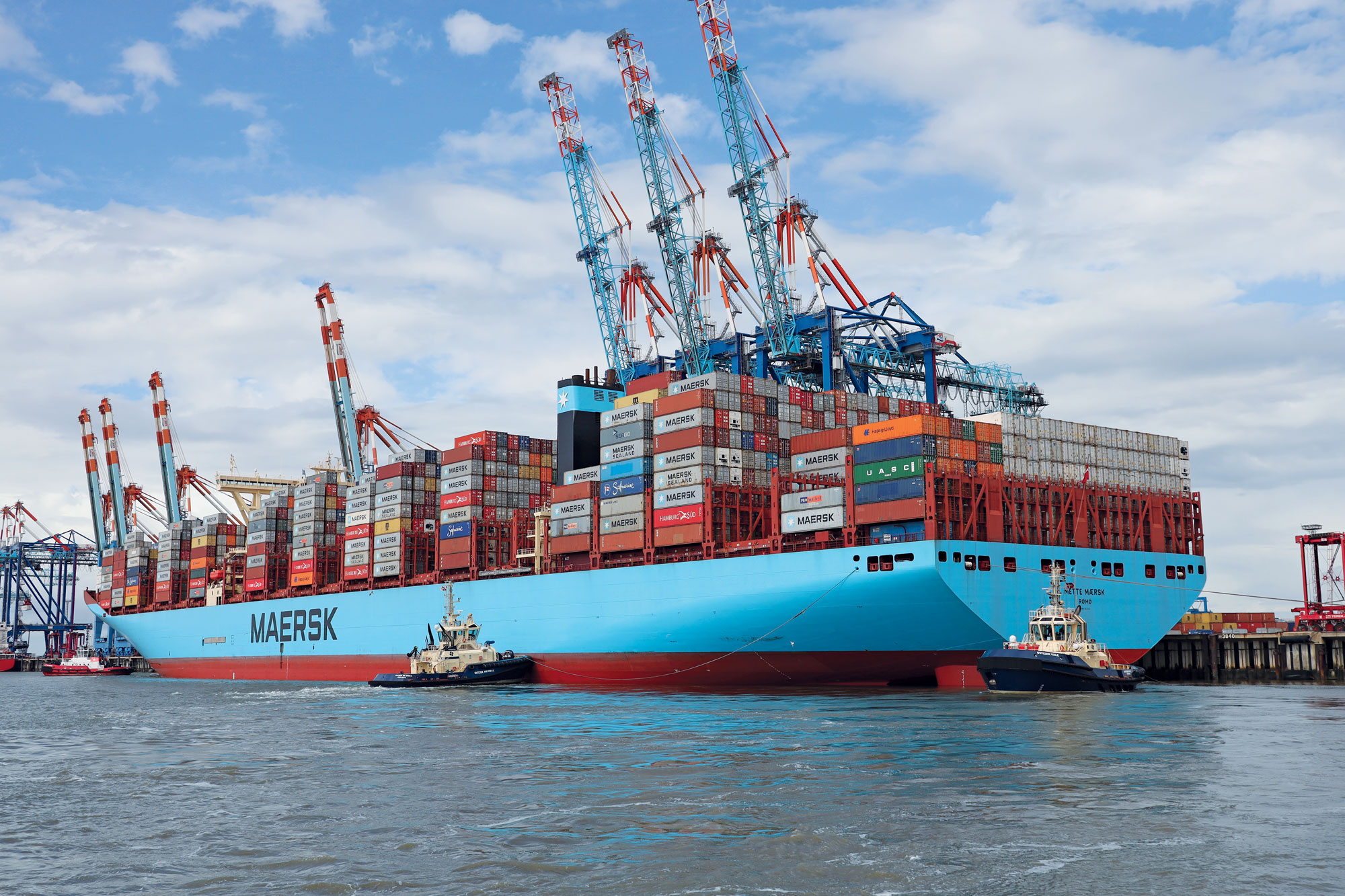Advertisement
Grab your lab coat. Let's get started
Welcome!
Welcome!
Create an account below to get 6 C&EN articles per month, receive newsletters and more - all free.
It seems this is your first time logging in online. Please enter the following information to continue.
As an ACS member you automatically get access to this site. All we need is few more details to create your reading experience.
Not you? Sign in with a different account.
Not you? Sign in with a different account.
ERROR 1
ERROR 1
ERROR 2
ERROR 2
ERROR 2
ERROR 2
ERROR 2
Password and Confirm password must match.
If you have an ACS member number, please enter it here so we can link this account to your membership. (optional)
ERROR 2
ACS values your privacy. By submitting your information, you are gaining access to C&EN and subscribing to our weekly newsletter. We use the information you provide to make your reading experience better, and we will never sell your data to third party members.
Greenhouse Gases
The shipping industry looks for green fuels
Transporting goods by sea contributes significantly to global carbon emissions. Switching from traditional petroleum-based marine fuels to low-carbon alternatives could drastically shrink shipping’s climate impact
by Mitch Jacoby
February 27, 2022
| A version of this story appeared in
Volume 100, Issue 8

Credit: MartinLueke/Shutterstock.com | Massive ships transport billions of metric tons of goods around the globe every year, emitting greenhouse gases as they sail.


Join the conversation
Contact the reporter
Submit a Letter to the Editor for publication
Engage with us on Twitter